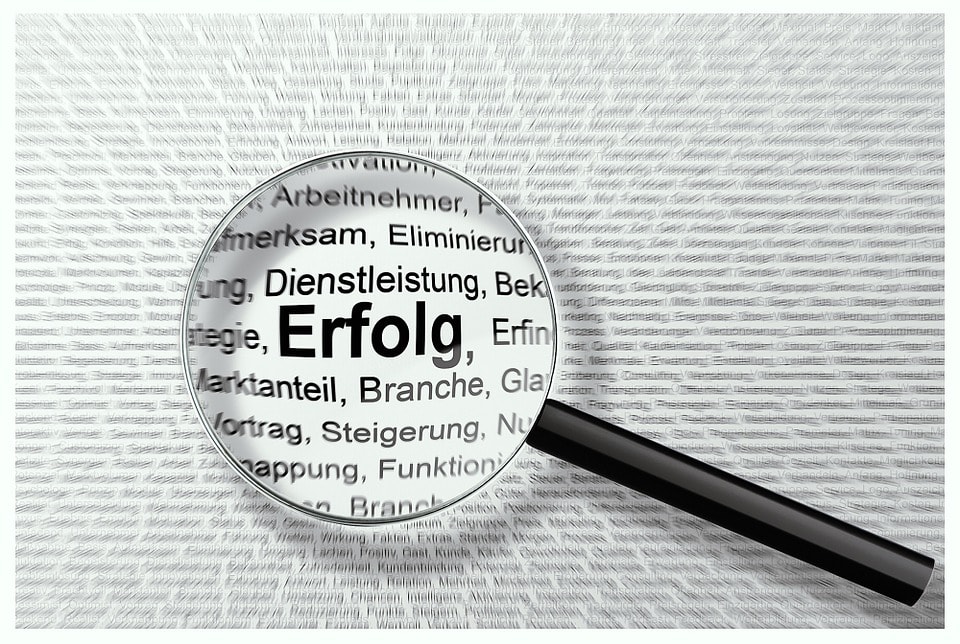How to Create Effective Termbase Glossaries for Machine Translation

Need to create a termbase glossary for machine translation? Glossaries can really make a big difference in your translation quality. You can improve translation quality by using software that directly inserts your company’s terms into your machine translations.
In other words, creating a term base glossary for machine translation is well worth your time. However, there are some key tips and notes to keep in mind during translation glossary development if you want it to properly serve its purpose in terminology management.
That’s why we compiled this list of 5 tips for creating termbase glossaries for machine translation.
5 Tips for Creating Term Base Glossaries for Machine Translation
1. Machine translation glossaries are different from human translation glossaries
If your company is new to using machine translation within a translation management system, this is important to know.
Up until the past several years, companies always developed glossaries for human translators to work with while using translation memory software. Now as artificial intelligence continuously improves machine translation, we have to rethink how to build those glossaries. It requires a different strategy for machine translation.
Now that you know this key fact, we’ll continue on with more specific glossary development tips.
2. Be precise when creating translation glossaries for machine translation
In machine translation glossary development, terms and their translations need to be exact matches. In other words, they can’t be ambiguous or have more than one meaning.
You can’t include more than one translation for one term, because the machine translation engine won’t be able to discern which translation to use. Only include terms in the glossary that have one meaning, to be used one way.
Example: “assembly”
“Assembly” is a term that is sometimes used as a verb (the action of putting together components) and sometimes used as a noun (a unit composed of multiple parts). There can also be multiple meanings within one grammatical category. For example, “assembly” as a noun can also refer to a gathering of people in one place. In short, assembly also exists as multiple nouns.
3. Include various word shapes in your glossary
While the following logic doesn’t currently apply to building glossaries for all translation engines, it applies to building one for Amazon’s machine translation engine. Amazon allows you to use glossaries to create custom translations.
Put simply, a “word shape” means singular vs plural, initial cap vs lower case, versus all caps.
Example: Eats, eat, eaten and ate
When developing a machine translation glossary, you’ll need to be mindful of word shapes. The more word shapes you include in your termbase, the better matches you receive.
To produce custom translations with Amazon’s translation engine you’ll need to include all the different word shapes for each term. If you want Amazon’s engine to replace the term you lookup from your text, it needs to exist in that exact same word shape within your glossary.
For example, if the term in the glossary is initial caps (“Eat”), but the term in the text is lowercase (“eat”), it won’t pick it up. See tip #5 for more on the subject of replacing terms.
4. Understand the difference between glossaries and translation memories
What is a termbase / glossary?
A termbase is a bilingual (source and target) repository in CSV or TBX file format. It contains specific terms and terminology that regularly appear in a company’s content. Termbases typically include product names, company names, brand names, acronyms and other repetitive terminology.
Termbases are also known as Glossaries. Once your glossary has been imported to a translation management system, you can look up terms while you are editing and reviewing translations. Some systems will automatically replace terms in the translation for you.
What is a translation memory?
A Translation Memory is a bilingual (source and target language) repository in TMX file format. It consists of text that has been translated from one language into another, and it is stored on a server for future reuse. Translation Memories can deliver nearly instant quality improvements and reduce translation costs and effort.
What’s the difference between translation memory and a glossary?
A translation memory consists of sentences, phrases and segments, whereas a glossary consists of keywords, names and acronyms.
5. You can now use termbases for more than term lookups
Translation management systems are beginning to enable users to leverage their termbase glossaries for more than just looking up terms.
For example, Pairaphrase now allows users to also insert glossary terms into the text during a term lookup. This enhances productivity within the human translation workflow while improving the quality and consistency of translations. So when you create a translation glossary, take some extra time to include as many terms as possible.
This upfront investment will significantly reduce translated-related costs down the line.
According to Pairaphrase CTO Rick Woyde in an interview with Enterprise Viewpoint, “the next wave of AI-led development will include the ability to use terminology glossaries to interactively improve machine translations and create custom translations.” This is something to keep in mind as you build your glossary, which your company will use for years to come.
Learn more about what’s next in machine translation.
Get More Out Of Your Translation Glossary File with Pairaphrase
Want a translation management system that can insert glossary terms into your text during a term lookup? Pairaphrase delivers a suite of easy-to-use (yet powerful) translation tools in a secure web-based ––all while enhancing translation productivity. We also make it possible to upload termbases via CSV.
Schedule a Demo or share this article with a colleague.

PDF Translation Problems & Solutions: Troubleshooting Guide [2024]
Learn common issues involved with translating PDF documents and discover why Pairaphrase is the best PDF document translator.

Most Accurate Translator Tool: What to Look for [2024]
While a 100% accurate translator does not yet exist, this post will tell you how to get the most accurate translator tailored to your company’s words and phrases.
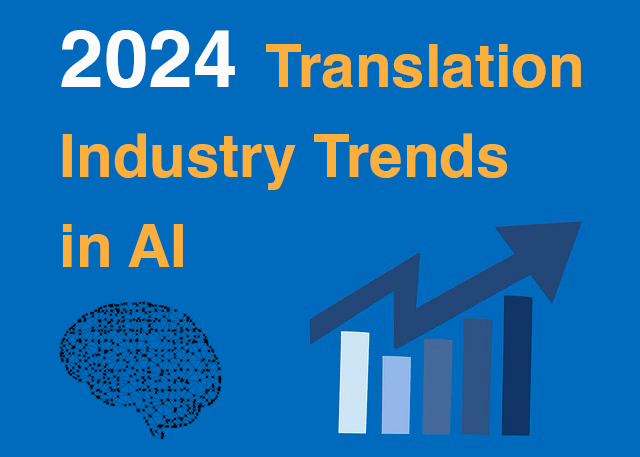
11 AI Translation Industry Trends in 2024
Explore 2024 translation industry trends! Learn about 10 AI translation industry trends 2024 will bring, according to our predictions.

How to Translate JSON Files Online Effectively [2024]
Want to translate JSON files? Learn why Pairaphrase is the best way to auto-translate JSON files online.

How to Translate HTML Files to Another Language [2024]
Want to translate HTML files to another language? Learn why Pairaphrase is the best way to translate HTML files.

How to Translate PO Files Online [2024]
Need to translate PO files online? Learn why Pairaphrase is the best way to translate PO files.

OpenAI Language Translation: Pros & Cons for Enterprises
Exploring OpenAI language translation capabilities? In this article, discover the pros & cons of OpenAI translation for enterprise use.

File Translation 101: Your Guide to the Basics
Learn all about file translation in this 2023 guide to gain an understanding of the different kinds of file translation services & formats.

Best Way to Translate Elucidat Course Content
Learn how Pairaphrase makes Elucidat course translation reusable, secure, fast and easy.

5 Tips for eLearning Localization in 2024
Need to localize eLearning content? Familiarize yourself with these 5 eLearning localization tips for effective multilingual training.

How to Translate a Text File Online [2024]
Want to translate a text file? Learn why Pairaphrase is the best way to translate a text file for your organization.

Best DocTranslator Alternative (2024)
Want a secure enterprise alternative to DocTranslator? Learn why Pairaphrase is the best DocTranslator alternative for enterprises here »

Top 8 Translation Industry Trends (2023 Outlook)
Explore 2023 translation industry trends! Learn about 8 translation industry trends 2023 will bring, according to our predictions »

How to Translate a Google Doc Most Efficiently [2024]
Want to translate Google Doc text? Learn why you should use Pairaphrase as your Google Docs translator.

Best English to Polish Document Translation Software [2024]
Looking for English to Polish translation software, but not sure what features you need? Access this buying guide.

Translation Services 101: Your Guide to the Basics
Need translation services? First, learn the basics! This way, you can make an informed decision. Explore this guide to translation services.

Best Redokun Alternative for Enterprises (2024)
Want a secure enterprise alternative to Redokun? Learn why Pairaphrase is the best Redokun alternative for enterprises here »

Localization 101: Your Guide to the Basics
Curious about localization? Learn about localization vs translation, what it is, how it works, benefits & more in this guide to the basics!

Best Memsource Alternative for Enterprises (2024)
Want a secure enterprise alternative to Memsource? Learn why Pairaphrase is the best Memsource alternative for enterprises here »

How to Translate Entire Google Sheets (All Cells) [2024]
Want to translate entire Google Sheets? Learn why you should use Pairaphrase as your Google Sheets translator.

How to Translate an Entire Google Slides Presentation [2024]
Want to translate Google Slides presentation text, notes & charts? Learn why you should use Pairaphrase as your Google Slides translator.

Fast Turnaround Translation: How to Get it
While fast translation turnaround and linguistic quality is a delicate balance, this post will tell you how to best use Pairaphrase to get fast translations.

Best English to Arabic Document Translation Software (2024)
Looking for English to Arabic translation software, but not sure what features you need? Access this buying guide.

Best OnlineDocTranslator.com Alternative (2024)
Considering an alternative to OnlineDocTranslator.com? Explore why Pairaphrase is the best OnlineDocTranslator.com alternative for enterprises.

How to Translate an IEP Document [2024]
Need to translate an IEP document? Learn how to translate IEP documents in the most efficient and secure way possible.
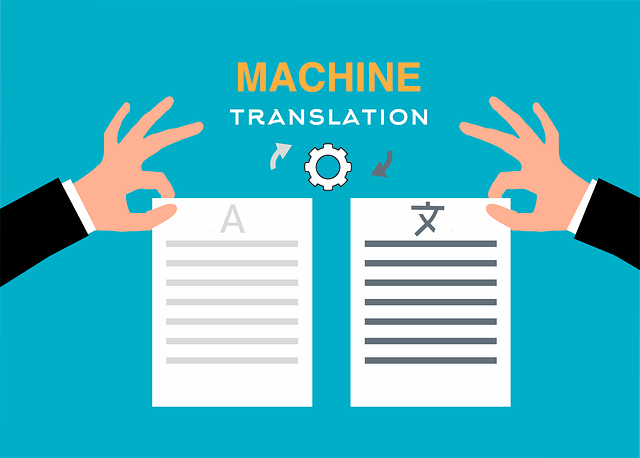
Machine Translation (MT): Your Guide to the Basics [2024]
Curious about Machine Translation (MT)? Learn about machine translation, how it works, benefits of machine translation & more.
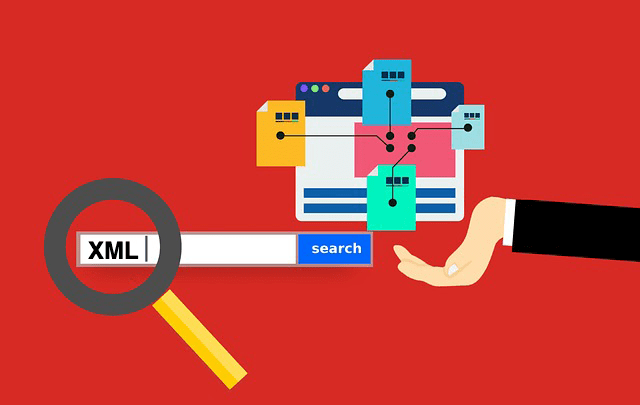
How to Translate XML Files Online (2024)
Need to translate XML files online? Learn about the best features to use when translating XML files.

Best English to Italian Document Translation Software (2024)
Want the best English to Italian document translation software for business? Read about the 10 best English-Italian translator app features.

Terminology Management in Translation: Essential Guide [2024]
Learn all about terminology management in this comprehensive guide.

Smartling Alternative for Enterprises in 2024
Want a Smartling alternative? Explore 10 possible reasons you need one, and why Pairaphrase might be your best alternative.

How to Translate XLIFF Files Online Successfully (2024)
Need to translate XLIFF files online? Learn why Pairaphrase is the best way to translate an XLIFF file.

Best Japanese to English Document Translation Software (2024)
Looking for Japanese to English translation software, but not sure what features you need? Access this buying guide.

How to Translate SRT Files Effectively [2024]
Learn how to translate SRT files in 2022! Explore the reasons Pairaphrase is the best way to translate an SRT file effectively.

Best English to Japanese Document Translation Software (2024)
Looking for English to Japanese translation software, but not sure what features you need? Access this buying guide.

Brochure Translation Software Features to Look for
Need brochure translation? Look for these 10 top brochure translator features (before you buy).

Best Way to Translate Articulate Course Files
Need to translate Articulate course files? Learn why Pairaphrase is the best way to translate Articulate files (XLIFF 2.0).

Best Way to Translate Multiple Files Simultaneously Online [2024]
Need to translate multiple files simultaneously online? Learn why Pairaphrase is best for batch translation.

Using Pairaphrase Translation Software with Amazon Translate
Curious about translating with Amazon Translate (AWS)? Learn about using Amazon’s machine translation engine with Pairaphrase.

Best English to Hindi Document Translation Software (2024)
Looking for English to Hindi translation software, but not sure what features you need? Access this buying guide.

How to Translate Large Files with Ease [2024]
Need to translate large files? Learn about the best tools to use when translating large PDF’s, documents & more (10MB+).

Catalog Translation Software Features to Look for
Need catalog translation? Look for these 10 top catalog translator features (before you buy).

Best English to Vietnamese Document Translation Software (2024)
Looking for English to Vietnamese translation software, but not sure what features you need? Access this buying guide.

How to Create Effective Termbase Glossaries for Machine Translation
Need to create a termbase glossary? Get our top 5 tips for creating effective termbase glossaries for machine translation.

Best English to Korean Document Translation Software (2024)
Looking for English to Korean translation software, but not sure what features you need? Access this buying guide.

Best DeepL Alternative for Enterprise Teams (2024)
Explore various DeepL drawbacks and user-specific needs you might identify with. This way, you can conclude whether alternatives to DeepL could fill these gaps.
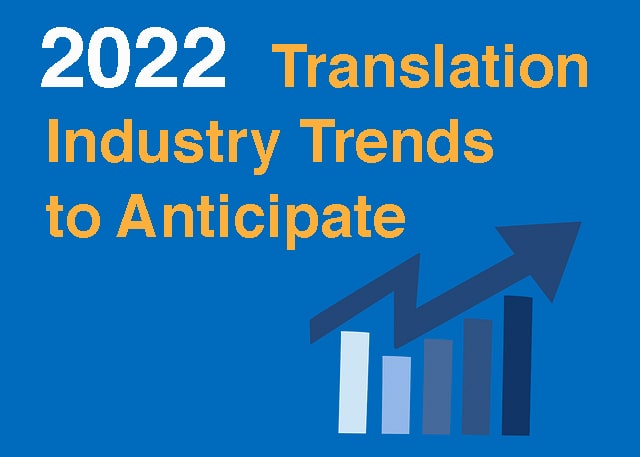
Top 10 Translation Industry Trends in 2022
Explore 2022 translation industry trends! Learn about 10 translation industry trends 2022 will bring, according to our predictions »

Secure Transcription Software That Translates Languages
Need secure transcription software that translates languages? Learn what features to look for and how Pairaphrase will benefit you.

Best English to Portuguese Document Translation Software (2024)
Looking for English to Portuguese translation software, but not sure what features you need? Access this buying guide.

Translation KPIs for Translation Management Success
Establishing translation KPIs (Key Performance Indicators)? Here are the 5 Most Important KPIs for translation management success.


